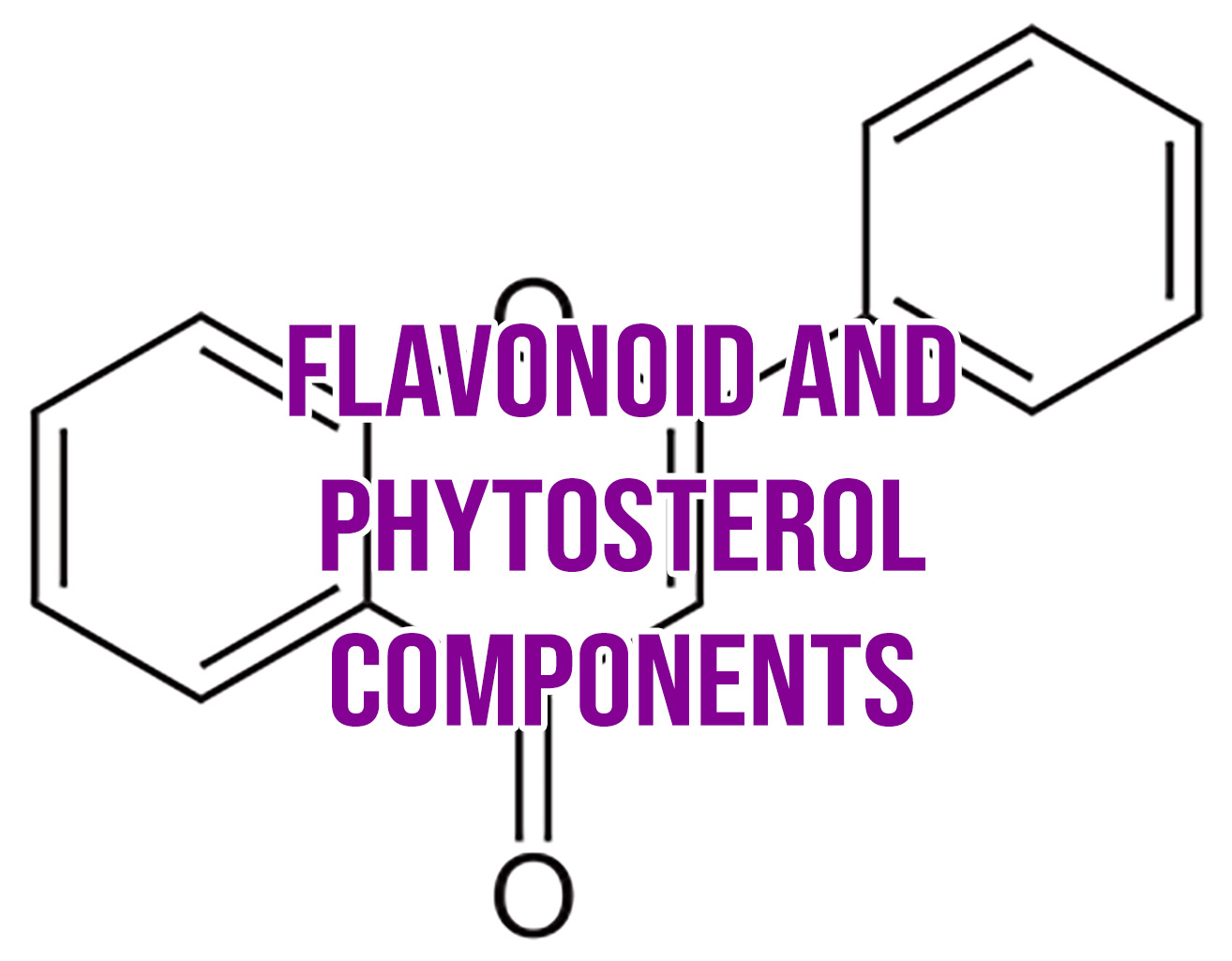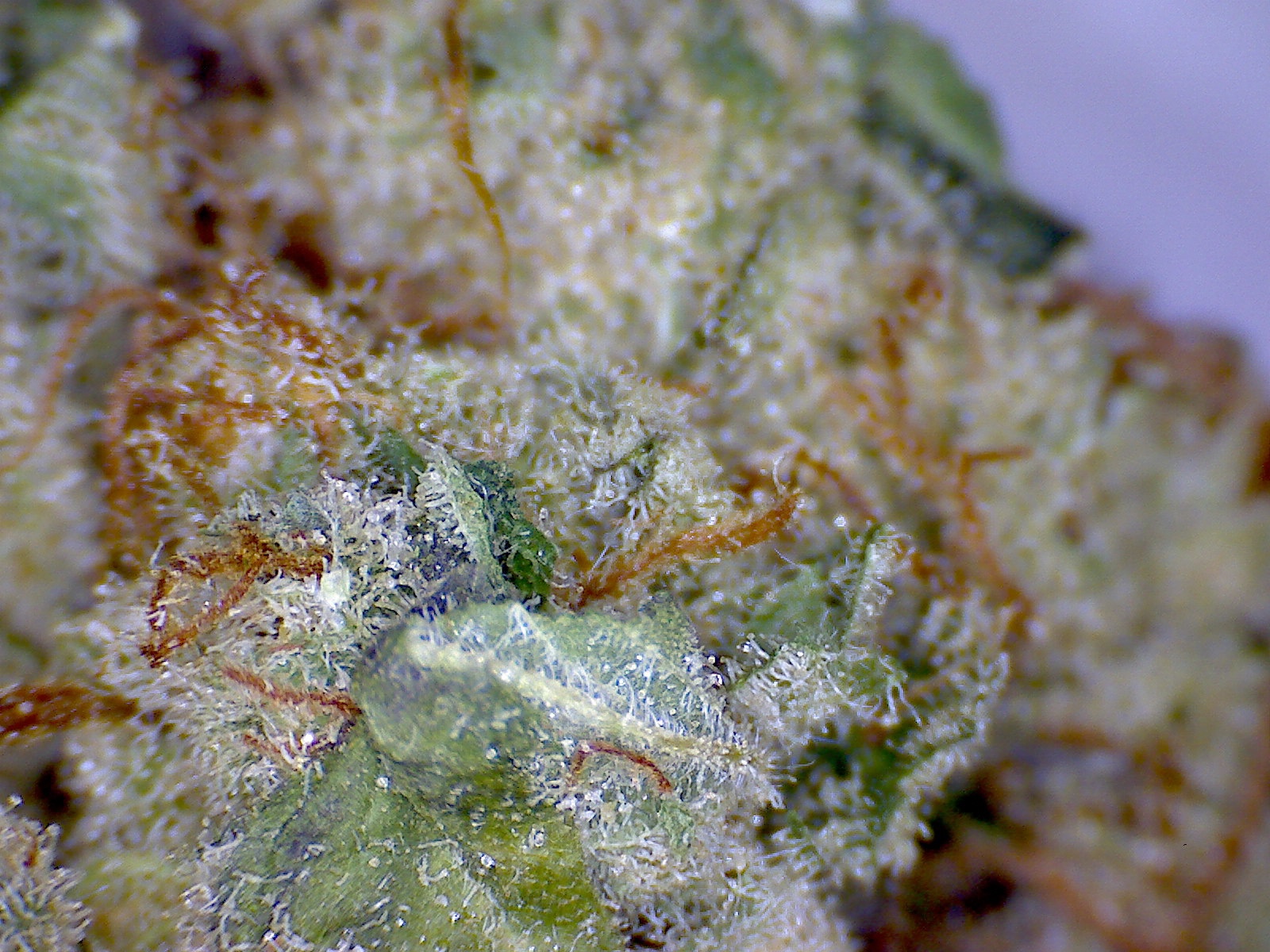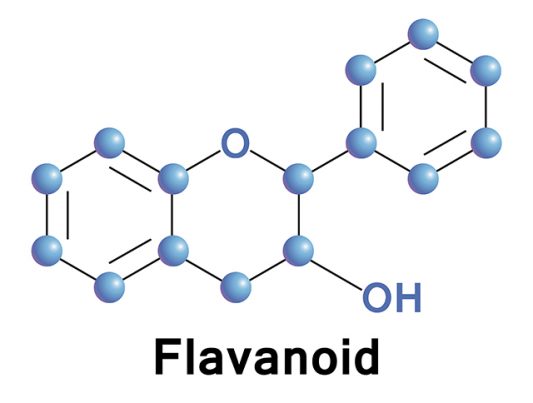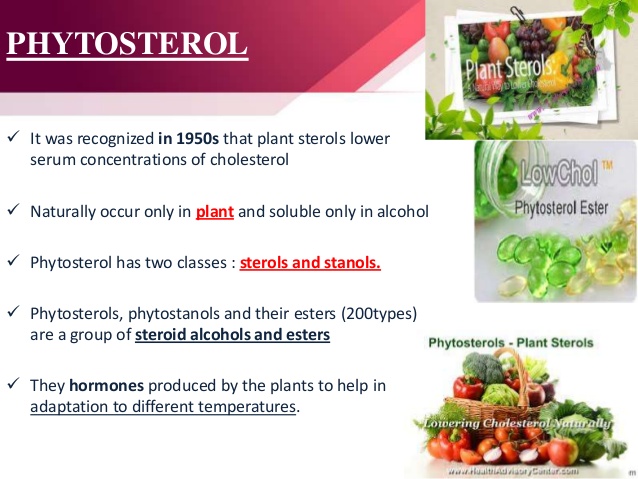Understanding Flavonoid and Phytosterol Components of Cannabis
As we know cannabis sativa consist of a range of compounds and chemicals. There are almost 140 compounds that belong to a quite large category of organic aromatic hydrocarbons referred to as terpenes. And if you have already heard about terpene then you must also know about terpenoids.
Considering what we have already discovered about cannabis sativa and what we already know, cannabis has great potential to treat different health conditions. It has the potential to affect emotions, mind, and behavior. While we have already studied the main psychotropic cannabinoid known as THC, there are several other terpenoids, cannabinoids, and flavonoids found in cannabis or medical marijuana and play a crucial role in boosting the health or therapeutic effects of cannabis.
Speaking of flavonoid, they are a group of phytonutrients which are known to provide non-green and vivid color pigment to a plant kingdom such as red in roses, blue in blueberries. The flavonoid present in cannabis also produces a variety of effects. They are usually grouped together and when to combine with each other as well as other cannabis; phytonutrients come to play and act as bioactive in both the plant’s cultivation and consumption.
When cannabis grows, flavonoids are expressed. They operate in the plant growth areas such as UV light filtering and fungi and pest deterrence. When anyone consumes cannabis, flavonoids play a major role in contributing to the taste, smell, color and entourage effect along with overall sensory experience. Flavonoids hold a good reputation in the wellness community as they offer a range of benefits for humans.
Indeed, there is a need to conduct more research work in terms of flavonoid in the cannabis plant. But this further exploration of cannabis flavonoid might take some time due to federal prohibition.
Just like flavonoids, another component found in cannabis is the phytosterol. The compound encompasses stanols and plant sterols. Phytosterol is phytosteroids and is similar to cholesterol which is present in plant and only varies in carbon side chains or absence or presence of a double bond.
Phytosterol plays a contributing role in dietary and food supplements. They are the several dietary and food products which are enriched with phytosterol and are being marketed for several decades. So far more than 150 sterol and its related compounds are successfully identified. In fact, the free phytosterol which is extracted from oils is actually insoluble in water, insoluble in oil and soluble in alcohols.
The richest and naturally occurring sources of this great compound are vegetable oils and all other products made from them. Just like flavonoids, there is more research work needed to fully understand the role and effects of phytosterol present in cannabis.
In a nutshell
Cannabis sativa comprise hundreds of compound that hold unique properties. Some are psychoactive while other are no psychoactive compounds. Some are known and recognized for their great healing and therapeutic properties while others are yet to be discovered.
Indeed, as much as we know about cannabis, flavonoid and phytosterol components of cannabis play an important role and there are several benefits that come from its consumption.









